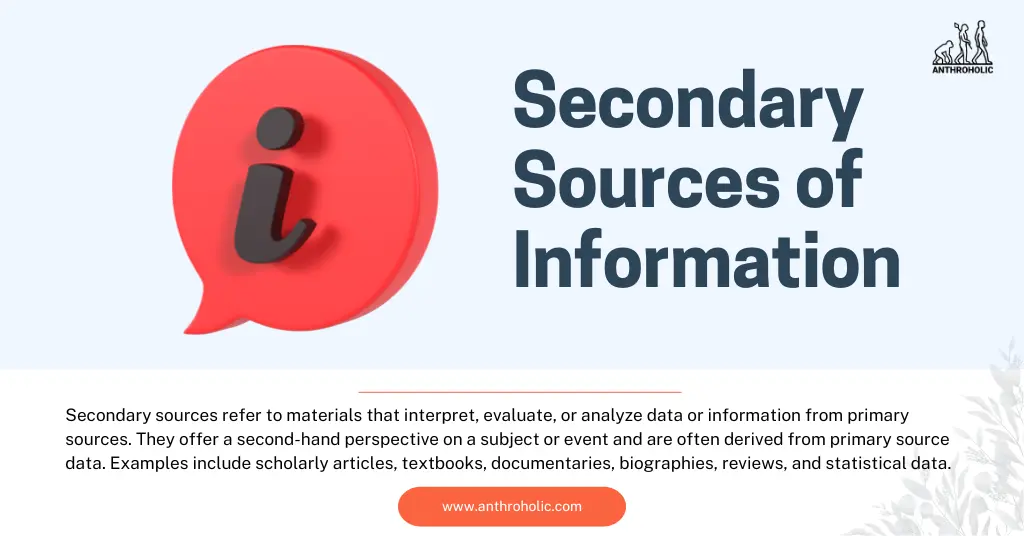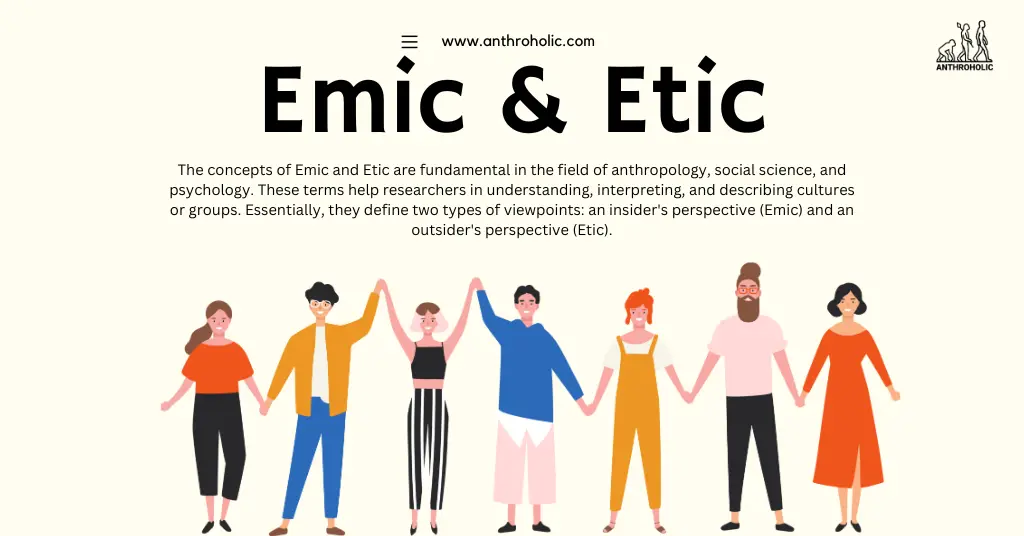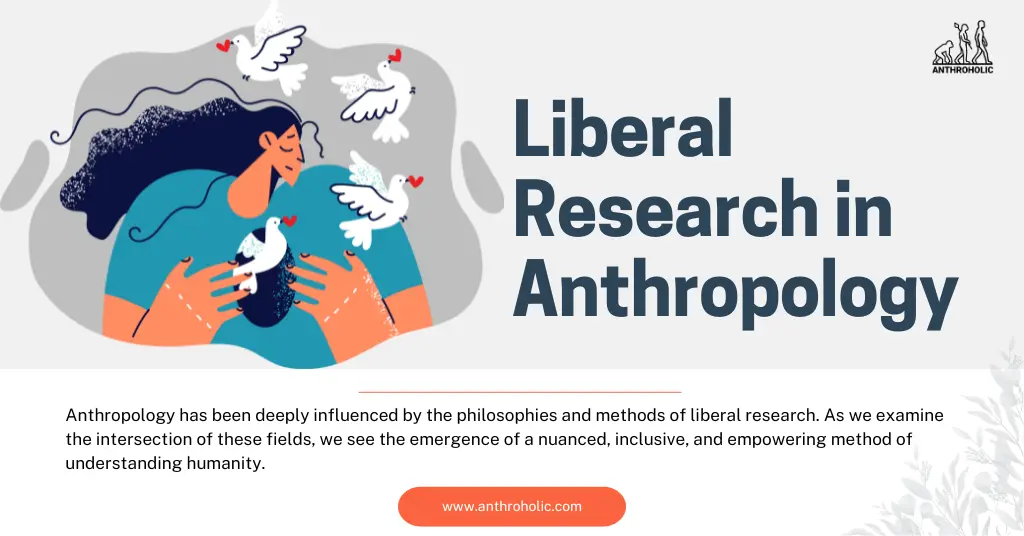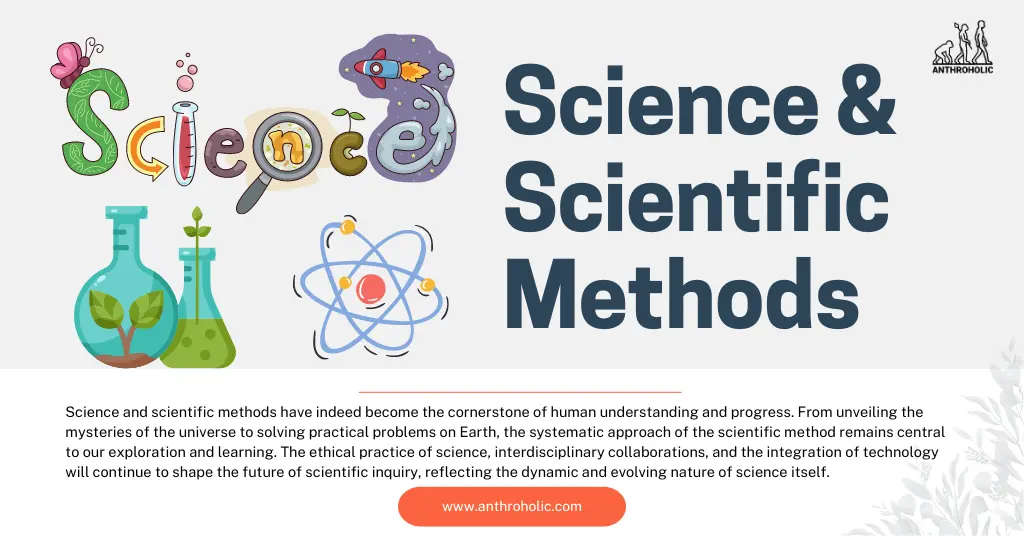AI Answer Evaluation Platform Live Now. Try Free Answer Evaluation Now

How Technology is Reshaping Modern Anthropological Studies?
Rituals, beliefs, and the way society was organized: the anthropologist spent years studying all of it firsthand. But today? That landscape is shifting—fast.










